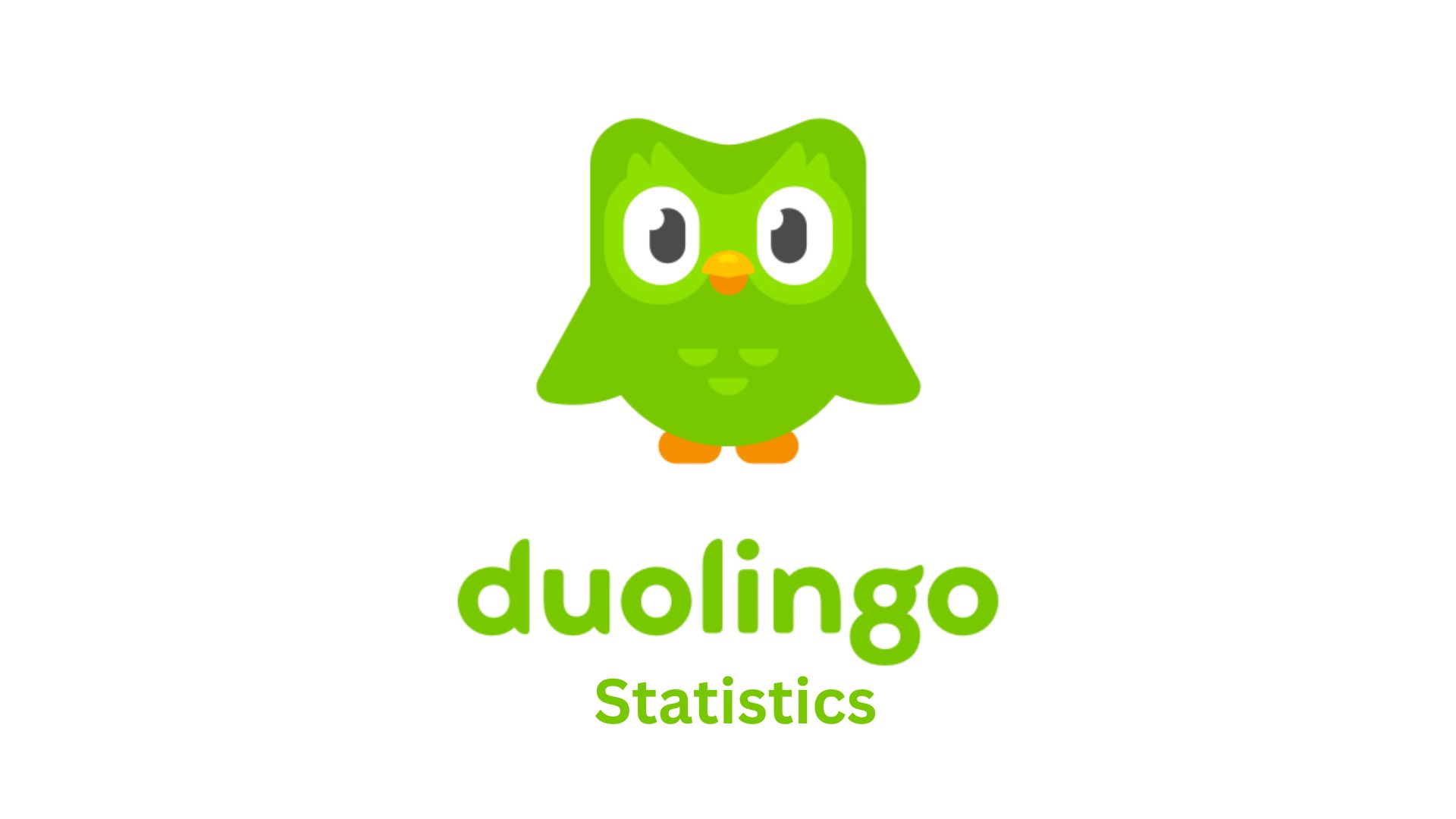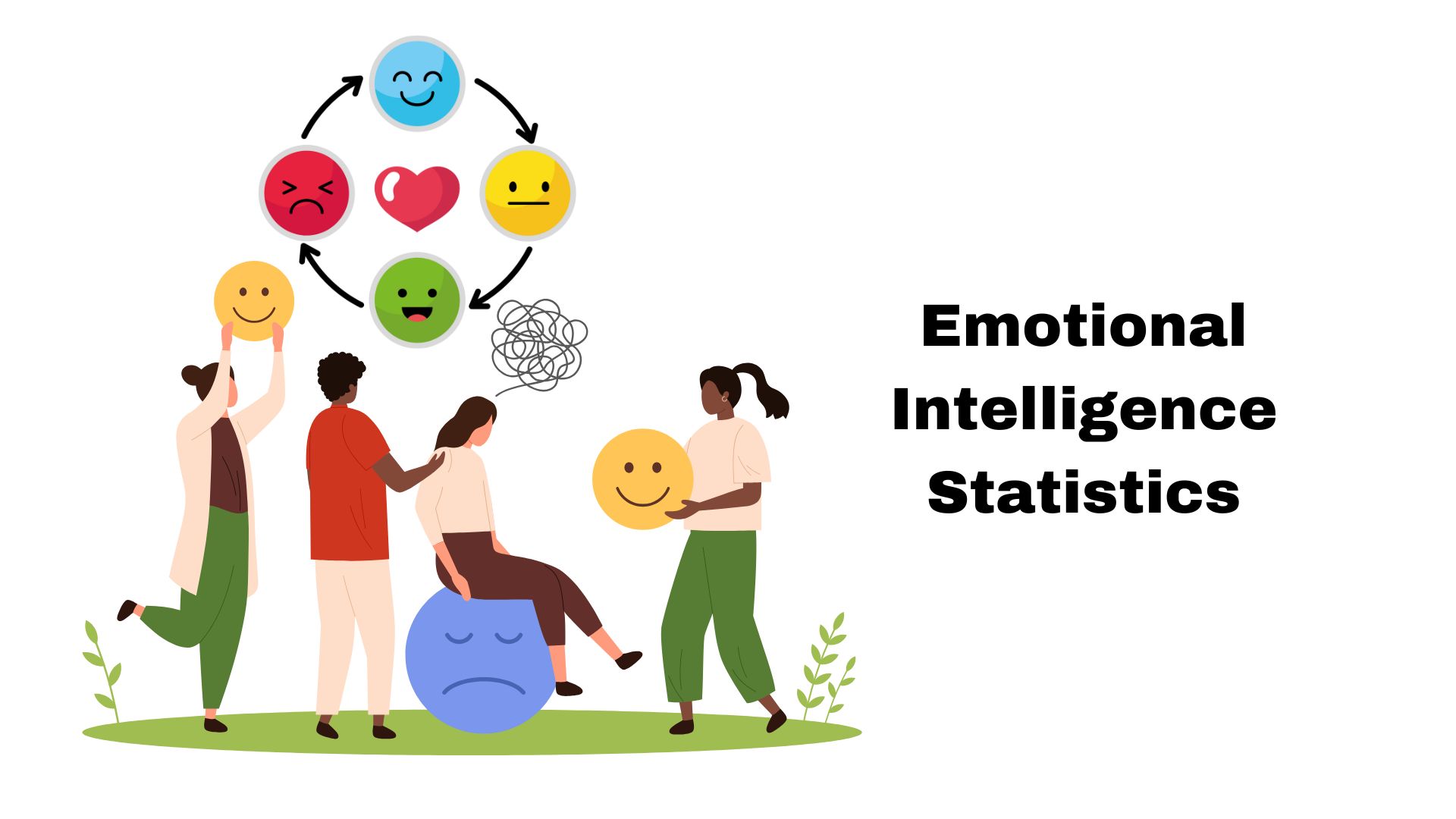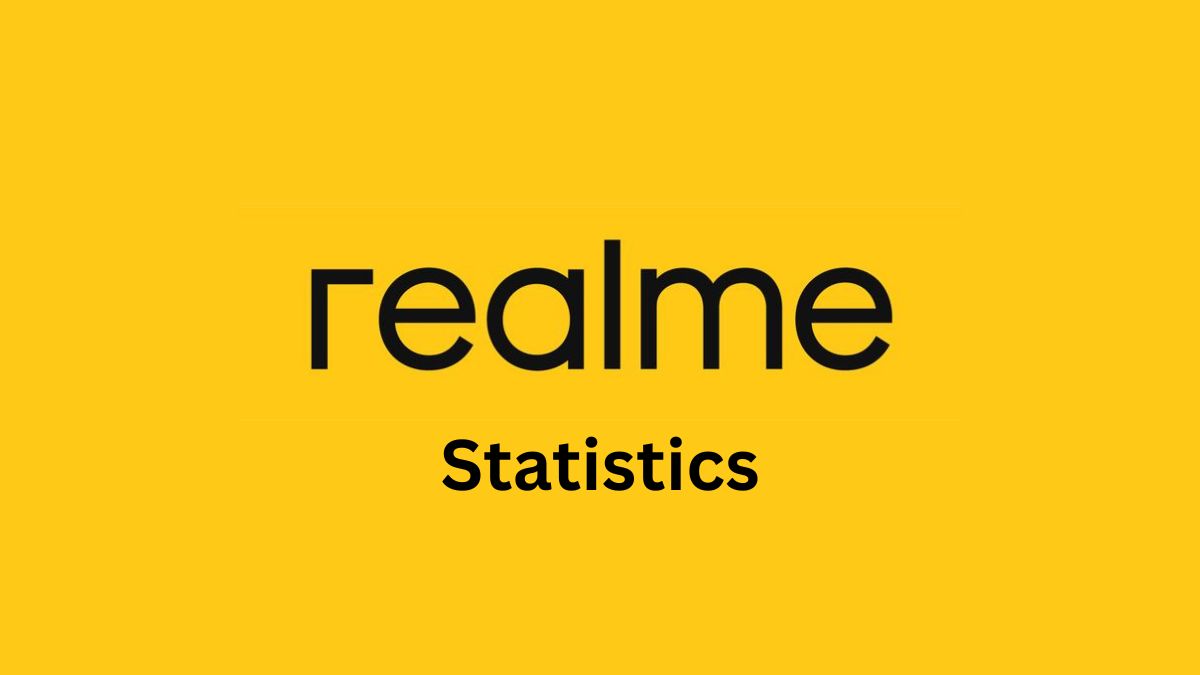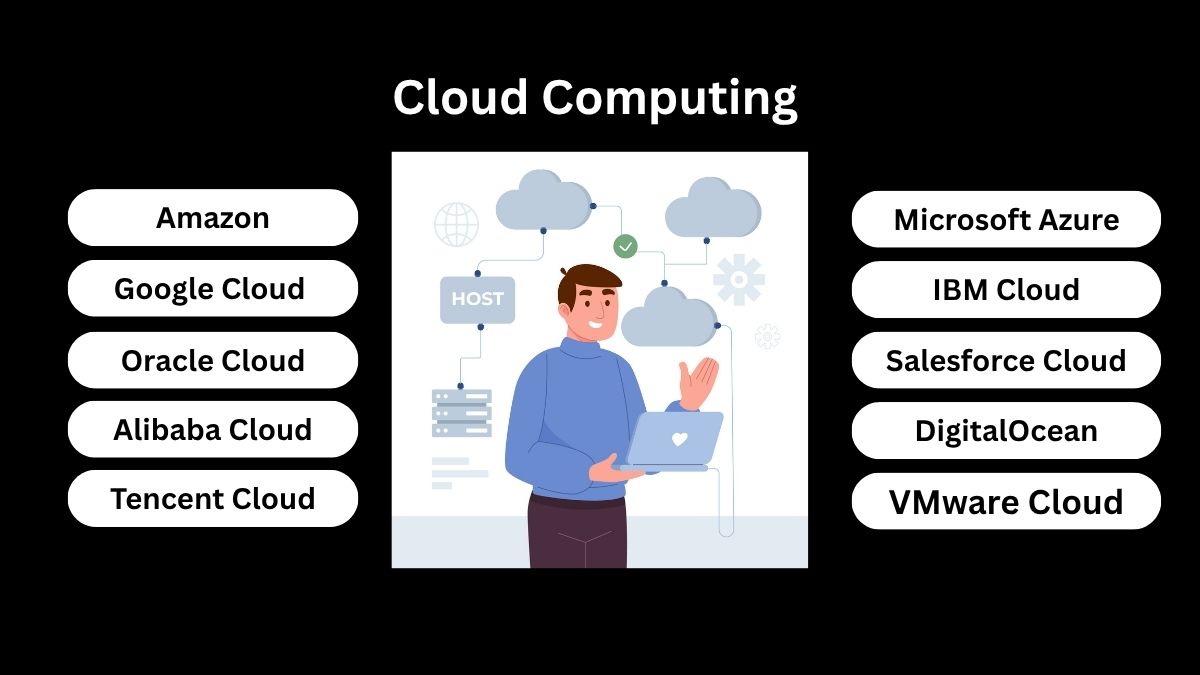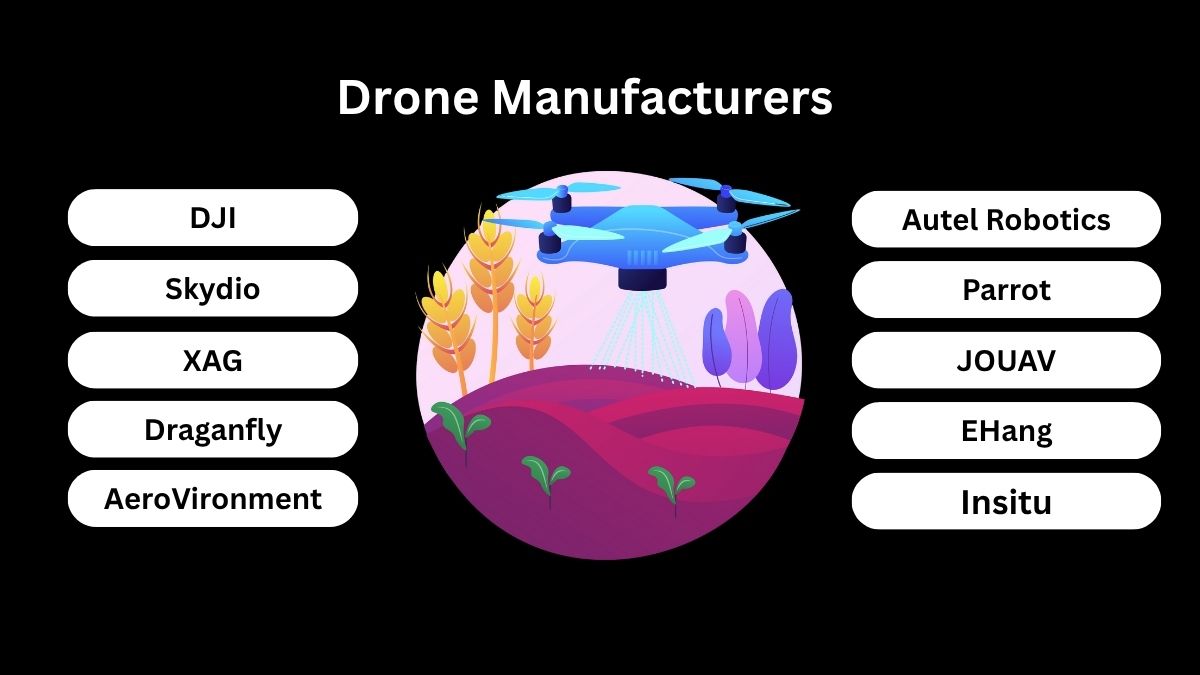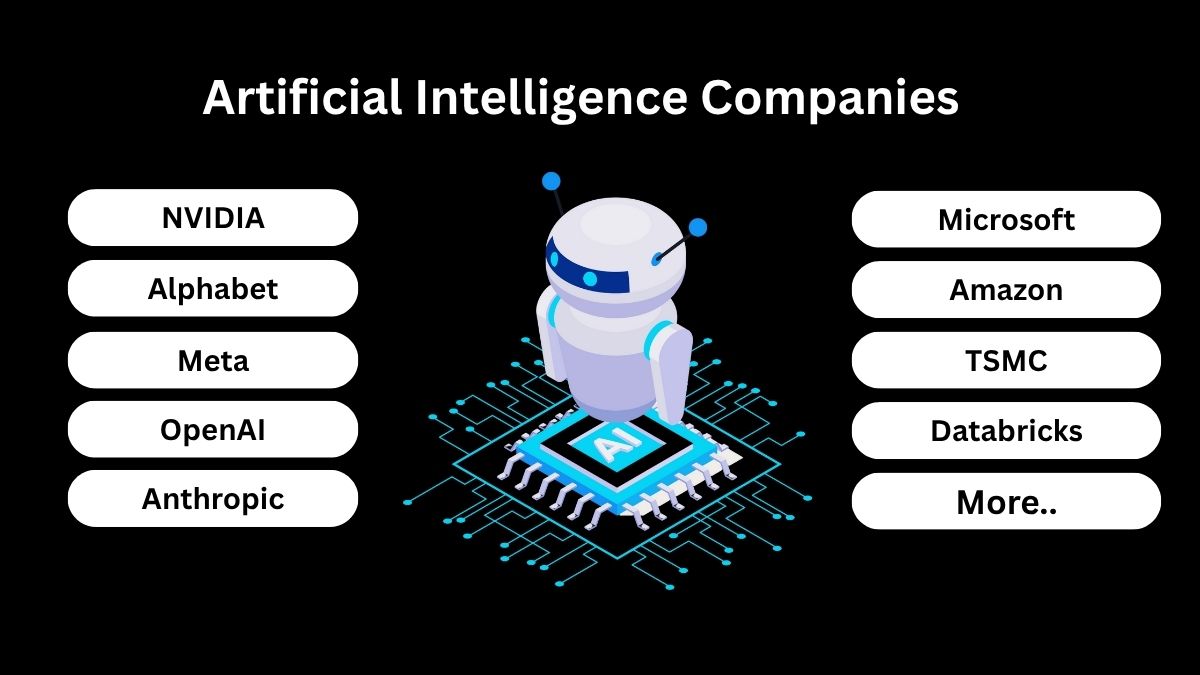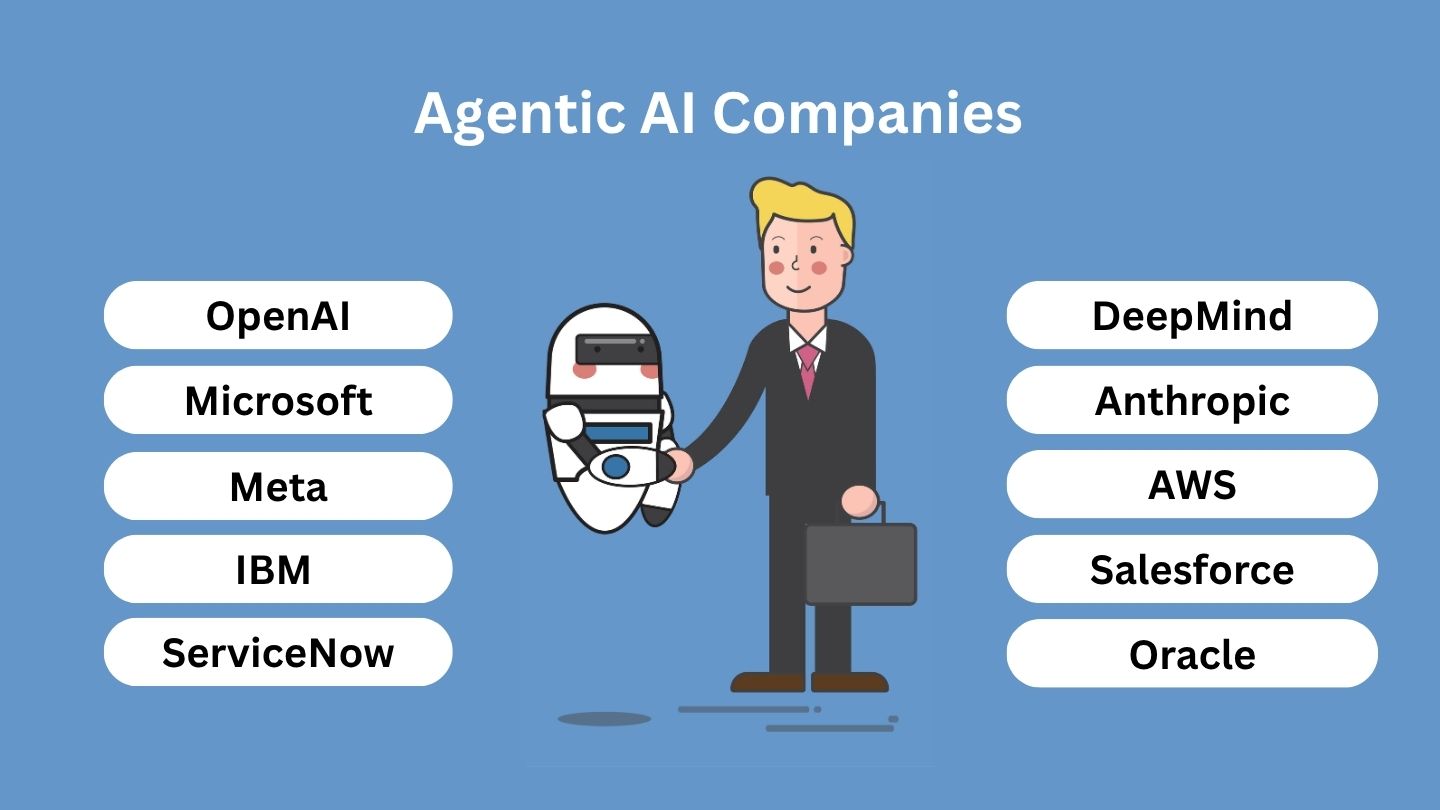Data Labeling Statistics and Facts, By Market, Type, Key Players And Trends (2025)
Updated · Sep 01, 2025
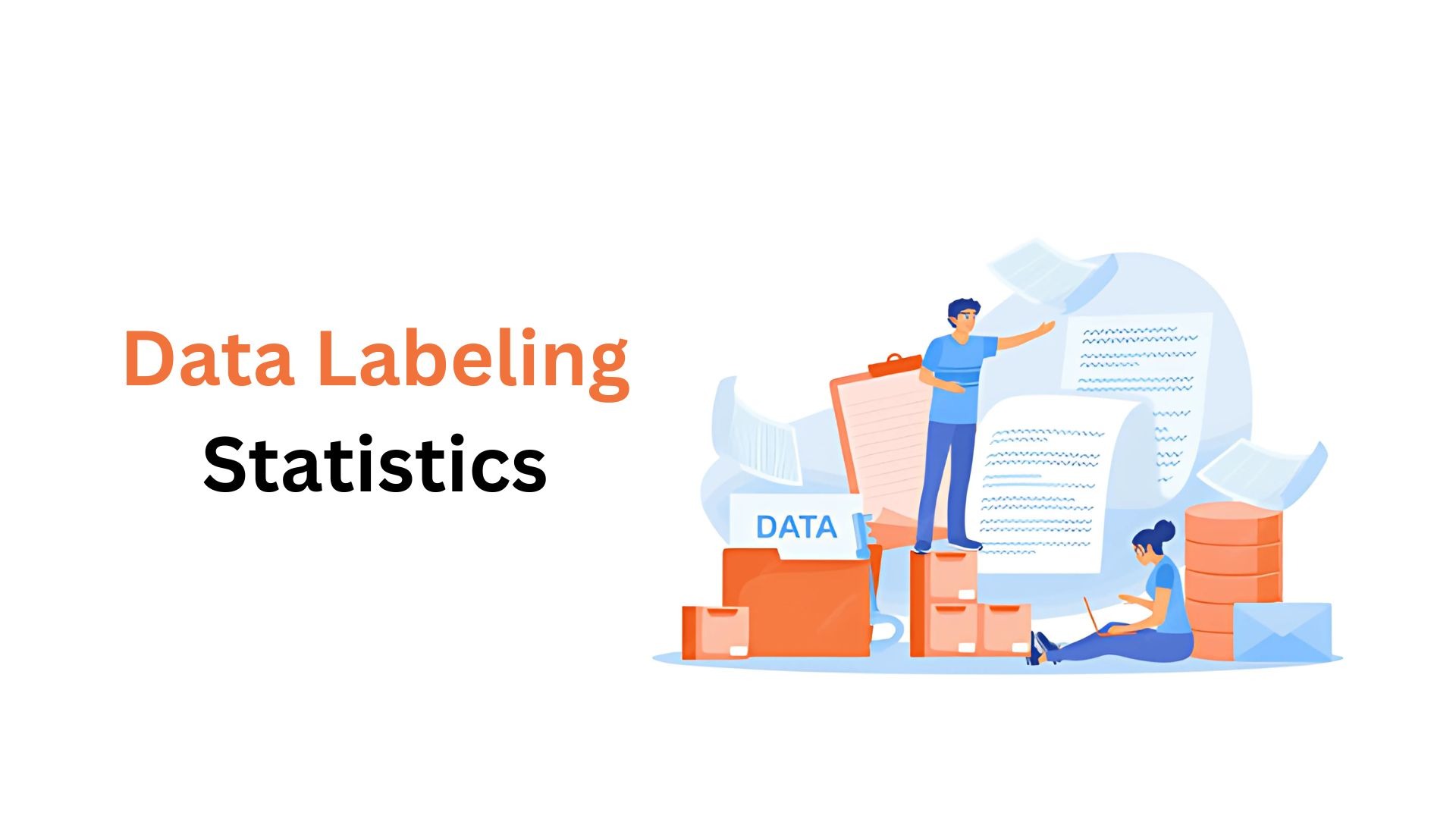
Table of Contents
Introduction
Data Labeling Statistics: Data is everywhere in this fast-paced digital world, yet raw data hardly has any value, more so when it comes to artificial intelligence and machine learning systems. And this is where it comes in handy: Data labelling is the process of putting tags or categories on raw data, whether it be images, videos, texts, or audio, with tags so that machines can relate to it and learn from it.
For instance, labeling a picture of a cat with ‘cat’ would teach an AI model to recognise cats later. In essence, as the adoption of AI continues to soar across different industries, so does the demand for accurately labelled data. Data labeling today, in 2024, is a crucial step for training high-quality AI systems, and accordingly, the landscape for data labeling services and tools has found great expansion lately.
This article will offer an in-depth analysis of the newest data labeling stats in 2024, including statistics on market size, industry demand, key players, Adoption, and much more.
Editor’s Choice
- The global data labeling market stood at USD 2.47 billion in 2022 and is predicted to record a CAGR of 28.6% propelled by the growing adoption of machine learning in industries.
- It expects the market size to be in the neighbourhood of USD 14.08 billion in 2022 and increase to USD 48.96 billion by 2028, at a CAGR of 23.08%.
- Healthcare, e-commerce, BFSI, and automotive are key industries that use data labeling, and the automotive sector is expected to touch USD 5.55 billion by 2024 and comprise 25% of the total market by 2026.
- Healthcare alone is expected to hit the US$1 billion mark by 2026 through AI-powered medical diagnostics and imaging.
- Retail and e-commerce are leading in CAGR between 2020 and 2025, owing to AI applications in customer experience and image recognition.
- Among the types of labeling, semi-supervised labeling is expected to be the fastest-growing segment, with a CAGR of 30.3% between 2020 and 2027.
- In the data format segment, image accounts for 44% market share. It is followed by 30% of text, 16% of video, and 10% of audio.
Data Labeling Market
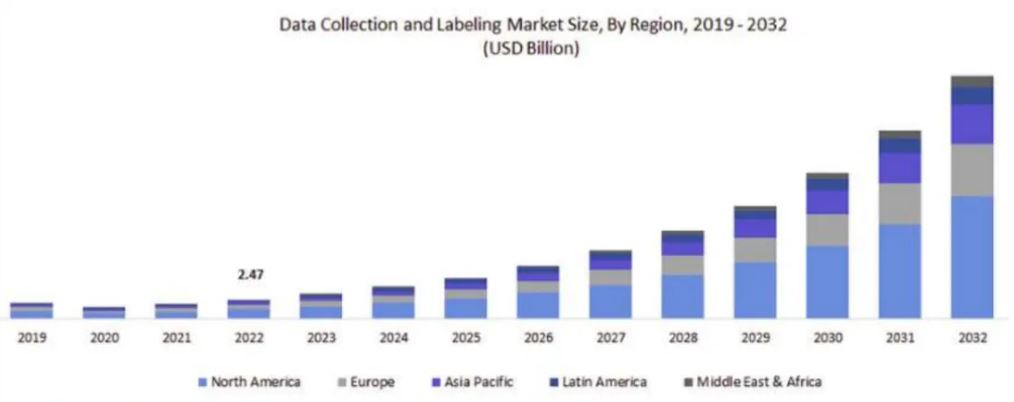
(Source: medium.com)
- The market for data collection and labeling companies was valued at USD 2.47 billion in 2022, and a strong growth phase has since been initiated. This upward trend shall continue, with a projected CAGR of 28.6% over the coming years.
- Rapid expansion, to a great extent, owes to the almost universal adoption of machine learning across multiple industries, generating an increasing demand for good labeled data.
- As firms use AI and ML more and more in their functioning, the need for data sets having the characteristics of accuracy, organisation, and diversity becomes paramount.
- Scale AI and Appen, then, came into existence in this niche and have positioned themselves as major players: they offer specialised data-labeling services required by healthcare, e-commerce, and automotive industries.
- These companies facilitate organizations in developing dependable AI systems by ensuring that the data on which training is done gets labeled in a manner that reflects true-world scenarios.
- According to the recent “Data Labeling Solution and Services Market” research report of 2023, the global market for data labeling solutions and services had a valuation of USD 14,081.65 million in 2022.
- The market is expected to register fast growth at a CAGR of 23.08% to reach an estimated USD 48,963.89 million by 2028.
- The report deals with a detailed analysis of market segmentation, some focus areas, and regional trends, whereby new opportunities and emerging developments are highlighted in the data labeling industry.
- It also provides a bird’s eye view of the current market environment so that stakeholders are able to grasp the changing scenarios and plan accordingly in a fast-evolving sector.
Industry-Wide Adoption And Growth Trends For Data Labeling
- Data labeling is being generally adopted in big industries such as healthcare, retail, e-commerce, banking, financial services and insurance (BFSI), and automotive, where institutions build smarter and AI-driven technologies.
- Data labeling, in medicine, matters in automating diagnostics and forecasting treatments. This alone is to reach a market valuation of US$1 billion by 2026, in intervention with ever-growing uses of AI in medical imaging and analysis.
- Image labeling technologies are widely extensive in retail and e-commerce, mainly to improve customer experiences while shopping online. The retail industry is poised to gain the highest CAGR in data labeling from 2020 to 2025.
- For autonomous vehicle technologies to be developed, data annotation is imperative in the automotive sector.
- The global data annotation market is expected to attain US$5.55 billion by 2024. Moreover, it is forecasted that by 2026, the automotive industry will take up 25% of the total data-labeling market.
- The BFSI market has also seen some of the highest adoptions of labeling tools, with it crossing over US$200 million in 2019.
- These tools mostly find applications in detecting fraud, sentiment analysis, and customer service automation.
- From a technology standpoint, text labelling currently constitutes 28% of the global data-labeling market, demonstrating a growing demand for natural language processing (NLP) around the world.
- Nearly all semi-supervised labelers employ a mix of manual and automated methods, but are predicted to grow at a CAGR of 30.3% from 2020 to 2027, placing them among the fastest-growing labeling techniques.
- In Europe, the machine-learning platform for data-labeling tools is in massive demand now. So severe is the demand that by the end of 2030.
- The region alone is expected to reach a figure around a billion dollars, emphasising Europe’s growing weight on AI infrastructure and development.
Type of Data Labeling
- Different types of data require specific labeling methods, and in 2024, image data remained the most common type to be labeled, accounting for 44% of data labeling tasks.
- It is mostly used in applications related to facial recognition, object detection, autonomous vehicles, and medical imaging.
- Text data accounts for 30%, given the rising demand in natural language processing applications, including chatbots, sentiment analysis, and content moderation.
- Labeling for video takes up the remaining 16% of tasks, commonly used for surveillance, sports analytics, and driver assistance.
- Even though audio data makes up the smallest share at 10%, it still holds significance in voice recognition, transcription services, and conversational AI tools.
- These figures together emphasise the various requirements of machine learning models and the crucial importance of suitably labeled data in contrasting formats.
Key Players
- Several leading companies in the data labeling market are currently defining the evolution of the field through innovation and high-tech solutions.
- Yandex LLC, CloudApp, Cogito Tech LLC, Scale AI, Labelbox, and Amazon Mechanical Turk, Inc. are some of the major players that have become important service providers to meet the ever-growing need for labeled data.
- Their interests have thus driven the expansion of the market while motivating further technological advancement.
- Besides these players, specialised firms like TextRazor, SpaCy, and MonkeyLearn are carving their niche in the market with advanced tools in Natural Language Processing (NLP) and text annotation.
- Their tools offer quite specific features to cater to the explicit needs of various NLP applications.
- Simultaneously, newer platforms like Piaf Platform, Label Studio, Doccano, and UBIAI have been catching the attention for their intuitive interface and strong annotation capabilities.
- These emerging platforms expand the choice set for the users, allowing individuals with various degrees of expertise and distinct project requirements to find their own fit in text labeling.
Other Statistics
- In 2024, the solutions segment is expected to lead the data labelling market, constituting approximately 63.1% of the market share.
- As per the kind of data being labeled, text data is expected to be the most dominant, constituting about 56.0% of the market share.
- On the deployment side, on-premise solutions are expected to constitute the largest market, suggesting businesses have preferred more in the way of control and data security.
- Large enterprises will take the lead in market size; however, with the largest amount of market activity due to their relatively large data processing needs and resources.
- Regionally, North America will maintain its position as the largest market for data annotation and labelling, capturing around 48.1% of the global market share in 2024.
- This is due to a high concentration of tech companies and early adoption of AI technologies in the region.
Challenges In The Data Labeling Industry
- Data privacy implications: 39% fear exposure of sensitive data to third parties during outsourcing.
- Quality inconsistency: Nearly 42% of the projects encounter problems because of subpar annotation accuracy.
- Cost containment: 33% consider labeling to be the most expensive element in the AI development lifecycle.
- Scalability: Big companies have complained from time to time about the impossibility of scaling labeling operations for huge datasets.
Future Outlook And Predictions
- Semi-automated workflows will be used for more than 60% of data labeling tasks by the year 2026, combining the best human judgment with rapid AI speed.
- Synthetic data (computer-generated labeled data) is gaining traction and will likely account for 15% of labeled data use by 2027.
- Real-time data labeling will enter the spotlight for autonomous systems with reasonable zero-latency requirements.
- Data labeling quality and ethical norms are expected to be tightened, very much so in the EU and the U.S.
Conclusion
Data labeling today bears great weight in shaping the future of artificial intelligence. It is the back end of machine-learning models that power everything from driverless cars to customised shopping experiences. As AI grows bigger, so does the need for labeled data of superior quality.
Better tools, platforms, and practices are being made a priority by businesses, governments, and research-related entities alike, all to ensure accurate, ethical, and scalable data-labeling solutions. As we move into 2025 and beyond, being aware of data-labeling trends, technologies, and labor dynamics will be a must for everyone in the AI ecosystem.
Sources
FAQ.
The data labeling market was USD 2.47 billion in 2022 and is expected to grow at an impressive CAGR of 28.6%. Another report estimates the market at USD 14.08 billion in 2022 and predicts it will reach USD 48.96 billion by 2028 at a CAGR of 23.08%, owing to the ever-increasing adoption of AI and ML technologies.
The healthcare, automotive, e-commerce, and BFSI sectors are your big users. The automotive sector is expected to reach US$5.55 billion by 2024, while healthcare will hit an even billion by 2026 because of the growing reliance on AI diagnostics. Retail and e-commerce will lead the CAGR through 2025.
Image data in 2024 labels 44% of tasks, followed by text at 30%, video at 16%, and audio at 10%. Image and text labeling find applications in facial recognition, chatbots, sentiment analysis, and autonomous systems.
Top companies are Scale AI, Appen, Labelbox, Yandex LLC, and Amazon Mechanical Turk. Specialised NLP-related tools like TextRazor, SpaCy, and MonkeyLearn remain popular. Upcoming platforms such as Label Studio, Doccano, and UBIAI are becoming popular for their user-friendliness and flexibility.
North America holds the highest regional share of 48.1%, owing to early AI adoption. By component, solutions take the lead with 63.1% of the market. Text data comes first among data types with 56.0%, while on-premise deployment and large enterprises prevail in deployment and organization size, respectively.

Joseph D'Souza founded ElectroIQ in 2010 as a personal project to share his insights and experiences with tech gadgets. Over time, it has grown into a well-regarded tech blog, known for its in-depth technology trends, smartphone reviews and app-related statistics.



